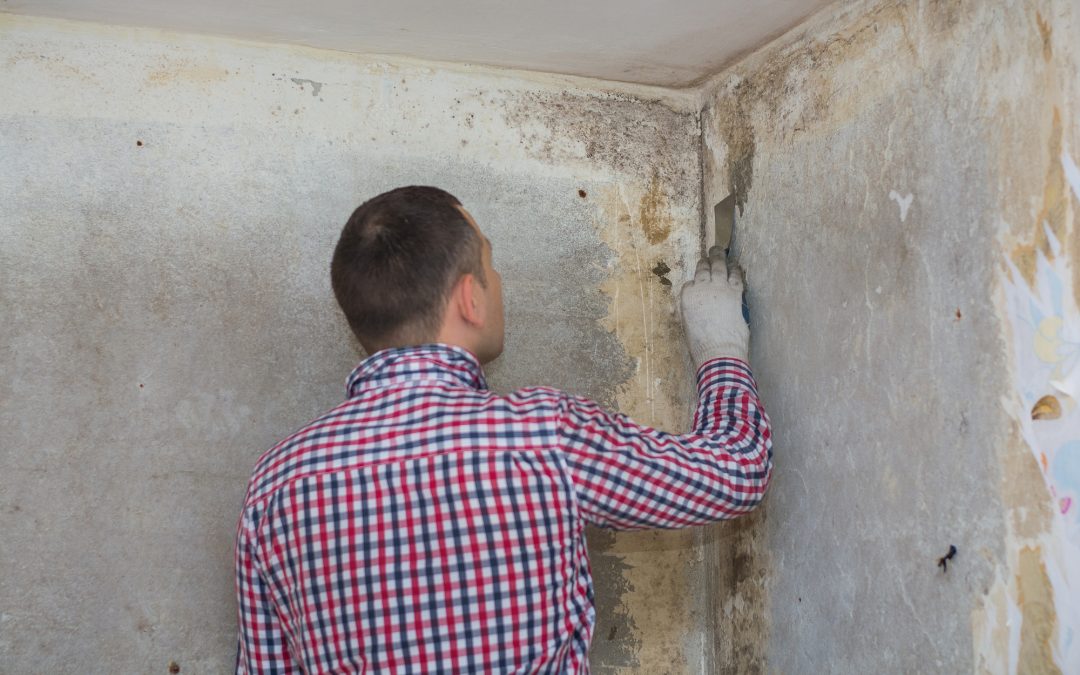Advice on What to Do After Mold Remediation
Advice on What to Do After Mold Remediation
Blog Article
Effective Article Mold Removal Solutions for Your Home
Mold growth in homes can be a persistent problem, commonly needing a methodical method for reliable post-remediation services. From understanding the factors that contribute to mold development to carrying out correct cleansing strategies and wetness control measures, the procedure can be intricate yet vital for keeping a healthy and balanced living environment. Additionally, discovering all-natural removal remedies and establishing a regular for continuous maintenance are essential components of a thorough mold and mildew remediation method. As house owners strive to resolve mold issues, finding the most effective options becomes paramount for the wellness of their families.
Understanding Mold Growth Factors
The primary factor contributing to mold growth is moisture. Mold spores call for dampness to grow and sprout, making moist or humid settings highly at risk to mold and mildew invasions.

Furthermore, air movement and light direct exposure can affect mold and mildew development. Areas that lack correct ventilation and natural light are much more prone to mold development. By addressing these factors thoroughly, individuals can efficiently alleviate mold and mildew growth and secure their living environments.
Appropriate Mold And Mildew Cleansing Strategies
Using reliable cleansing approaches is vital in avoiding the reoccurrence and dealing with of mold contamination in interior environments. When taking care of mold, it is critical to prioritize security by wearing safety equipment such as masks, handwear covers, and goggles. The initial step in appropriate mold cleaning is to have the damaged area to stop the spread of spores to uncontaminated locations. This can be attained by sealing the space and making use of air scrubbers or adverse air makers to maintain air top quality.

Implementing Moisture Control Procedures
To effectively avoid mold and mildew development and contamination in interior environments, executing dampness control actions is critical. Wetness is the key factor that fuels mold and mildew growth, making it crucial to manage humidity levels within the home. One efficient procedure is to make use of dehumidifiers to keep interior moisture degrees listed below 60%. Additionally, guaranteeing appropriate ventilation in areas susceptible to moisture accumulation, such as shower rooms and cooking areas, can help in reducing the risk of mold growth. On a regular basis evaluating and fixing any kind of leakages in plumbing, roofings, or home windows is likewise necessary in protecting against excess dampness buildup. Making use of exhaust followers while food preparation or showering, and enabling air flow by keeping furniture slightly away from walls can aid in moisture control. Utilizing moisture-resistant materials in high-humidity areas, such as mold-resistant drywall and paints, can be beneficial. By diligently applying these dampness control actions, i loved this home owners can effectively reduce the chance of mold and mildew recontamination and keep a healthy and balanced indoor atmosphere.
Using Natural Removal Solutions
After efficiently implementing wetness control measures to avoid mold and mildew growth in indoor settings, homeowners can currently discover the effectiveness of natural removal solutions in preserving a healthy and balanced home. Natural you could try these out remediation options make use of eco-friendly approaches to combat mold and mold, making them a preferred choice for those seeking non-toxic options. One such remedy is using vinegar, a natural antimicrobial representative, to tidy and disinfect surfaces contaminated by mold. Just weaken vinegar with water and spray it onto the influenced locations, allowing it to sit for a few hours prior to wiping tidy. In addition, tea tree oil, recognized for its antifungal homes, can be blended with water and splashed onto mold-infested surface areas to inhibit further growth. Another natural choice is hydrogen peroxide, which can successfully eliminate mold and mildew on numerous surface areas without leaving hazardous residues behind. By integrating these natural removal options right into their cleansing regimens, house owners can properly combat mold growth while advertising a much healthier indoor setting on their own and their families.

Maintaining a Mold-Free Atmosphere
In order to prevent mold and mildew reappearance and make sure a regularly mold-free setting, it is vital for home owners to execute aggressive upkeep methods. Regularly evaluating areas susceptible to mold and mildew growth, such as shower rooms, cellars, attics, and cooking areas, is important. Addressing any type of leakages, water damage, or excess moisture immediately can significantly minimize the threat of mold development. After mold remediation. Appropriate air flow in areas with high moisture levels is additionally key to stop mold this growth. Using dehumidifiers or exhaust followers can help preserve optimum wetness degrees and prevent mold and mildew spores from thriving.
Furthermore, keeping cleanliness in the home is crucial for mold prevention. Keeping interior plants in check and ensuring appropriate water drainage in exterior landscaping can reduce dampness build-up, minimizing the chance of mold invasions.
Final Thought
In final thought, it is important to deal with mold development aspects, utilize proper cleansing techniques, apply moisture control steps, utilize natural remediation services, and maintain a mold-free atmosphere in order to effectively manage article mold remediation in your home - After mold remediation. By complying with these strategies, you can stop mold and mildew from reoccuring and guarantee a healthy and balanced living setting for you and your family
The main factor contributing to mold and mildew development is moisture. Mold spores need dampness to germinate and flourish, making moist or damp environments extremely prone to mold invasions.To properly prevent mold growth and contamination in interior settings, applying moisture control steps is critical. In addition, ensuring proper ventilation in areas prone to moisture accumulation, such as shower rooms and cooking areas, can help decrease the threat of mold and mildew growth.After successfully executing moisture control steps to avoid mold growth in indoor environments, homeowners can now explore the effectiveness of all-natural removal remedies in preserving a healthy and balanced living area.
Report this page